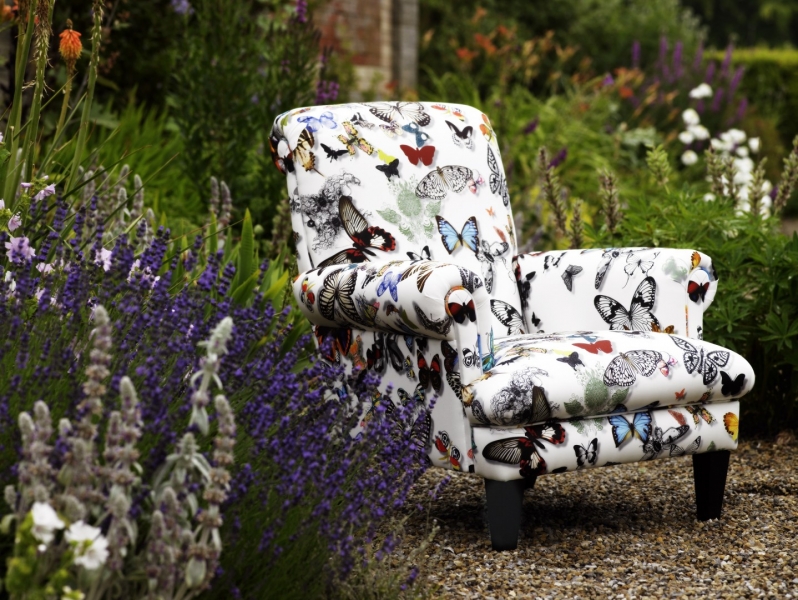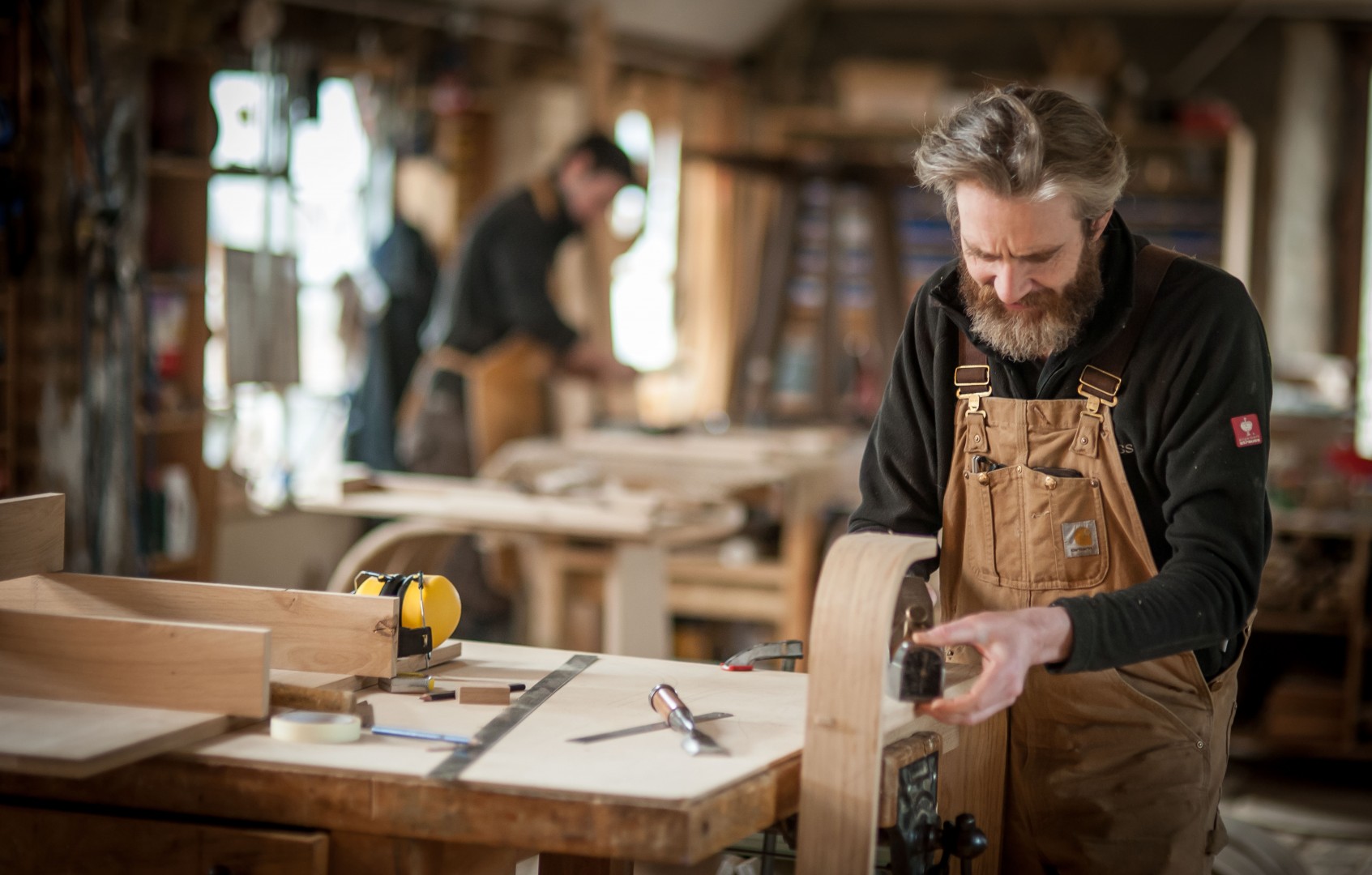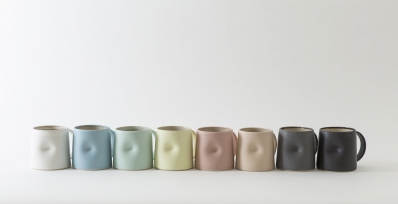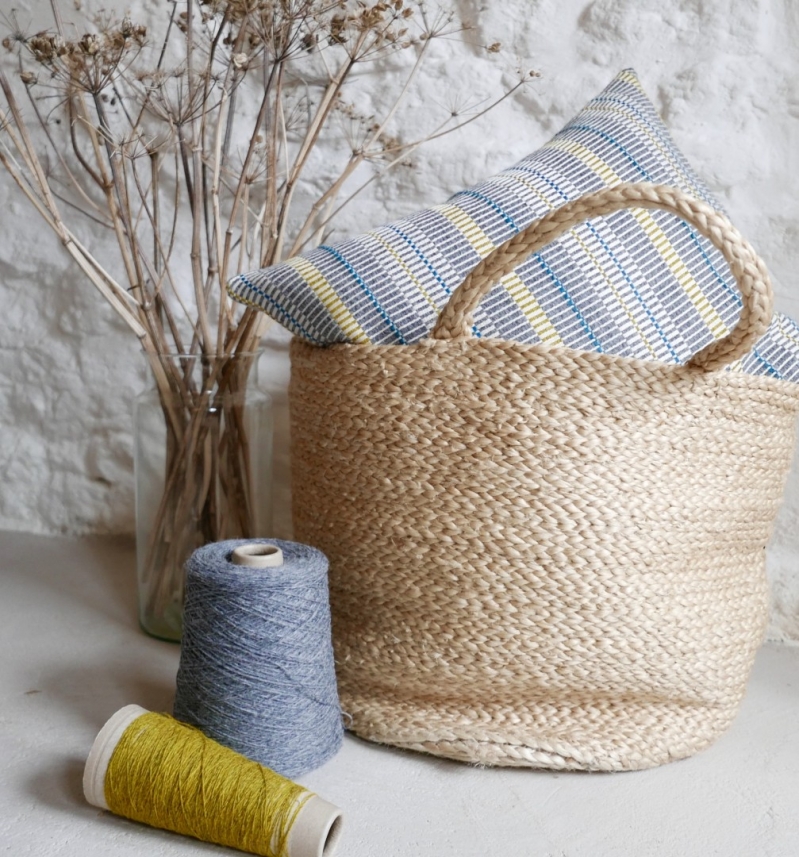Juliette Barrell, Creative Director at Derwent House
The ethos of biophilia is concerned with the human tendency to seek connection with nature. Recently, it has been accelerated with a greater awareness of environmental concerns and our experience of the pandemic lockdowns. Biophilia can guide our appreciation of colour, textures and botanical influences which relate to nature, and so influence the choices we make for our homes and our wellbeing.
Our Homes as Centres of Wellbeing
The colour palettes of the natural world – sky, sea, earth and plants – provide visual clues for a biophilic approach to colour choices. From blues to soft pinkish greys, natural earth tones of ochre, brown and clay to the fresh greens of spring growth tempered with the darker greens of mature woodlands; nature combines colour in extraordinary and inspirational ways.
Gardening and growing plants is now widely recognised to calm our busy minds whilst improving mental health and well-being. The use of indoor plants improves indoor air quality and by introducing a palette of soothing greens blurs the boundaries between indoor and outdoor spaces. Combining plants together inside creates an oasis of calm greenery and increases an impression of space.

Living with Natural Materials
The natural world celebrates diversity, webs of connections and a richness in materials. Choose natural sustainable materials for your home. The colours, texture and grain of woods generate warmth, comfort and relaxation by connecting us with nature. Studies have shown that along with its naturally hypoallergenic qualities, living with wood in home environments lowers stress levels and enhances our well-being. As well as choosing solid wooden furniture, lathe-turned wood to make bowls and wooden lamp-bases gives us contact with the soothing, tactile qualities which wood gives to everyday objects. Jayne Armstrong lathe-turns her bowls to an almost paper-thin delicacy celebrating the strength and grain of the woods she uses.


The Elemental Nature of Craft
Crafting involves handing down knowledge of ‘made by hand’. Crafting clubs are on the rise as people seek to connect with how things are made and where materials come from. Handcrafted homewares with their natural shapes and patterns can play a key part in creating Biophilic living spaces.
The elemental nature of clay is firmly rooted in our consciousness. Ceramicists talk of the meditative qualities of working with clay. In Emma Lacey’s Everyday range, she leaves a subtle dent which allows us to experience the softness of the clay just after it is thrown on the wheel.

Leigh Pottery’s new pod vases in clay have an organic quality and take direct inspiration from the vessel-like shapes of seed pods.

Hana Broughs draws on the tapestry techniques of ‘weft faced weaving’ where yarns of wool and linen are packed tighter to cover the warp to create her beautifully tactile cushions.

Flora and fauna prints are a country style staple of the influence of biophilia. Abigail Bury, Albert Harvey and Madder and Cutch’s collections of botanical fabrics look fabulous used both indoors and outside. Made up as cushions they can be layered with handwoven wool throws for chilly evenings.
And finally let nature in – a simple arrangement of cut stems with natural scents from the garden will lift sprits. Open those windows wide, let the fresh air, light and the sounds of nature – wind, rain and bird song – find their way into your home and your mind.









